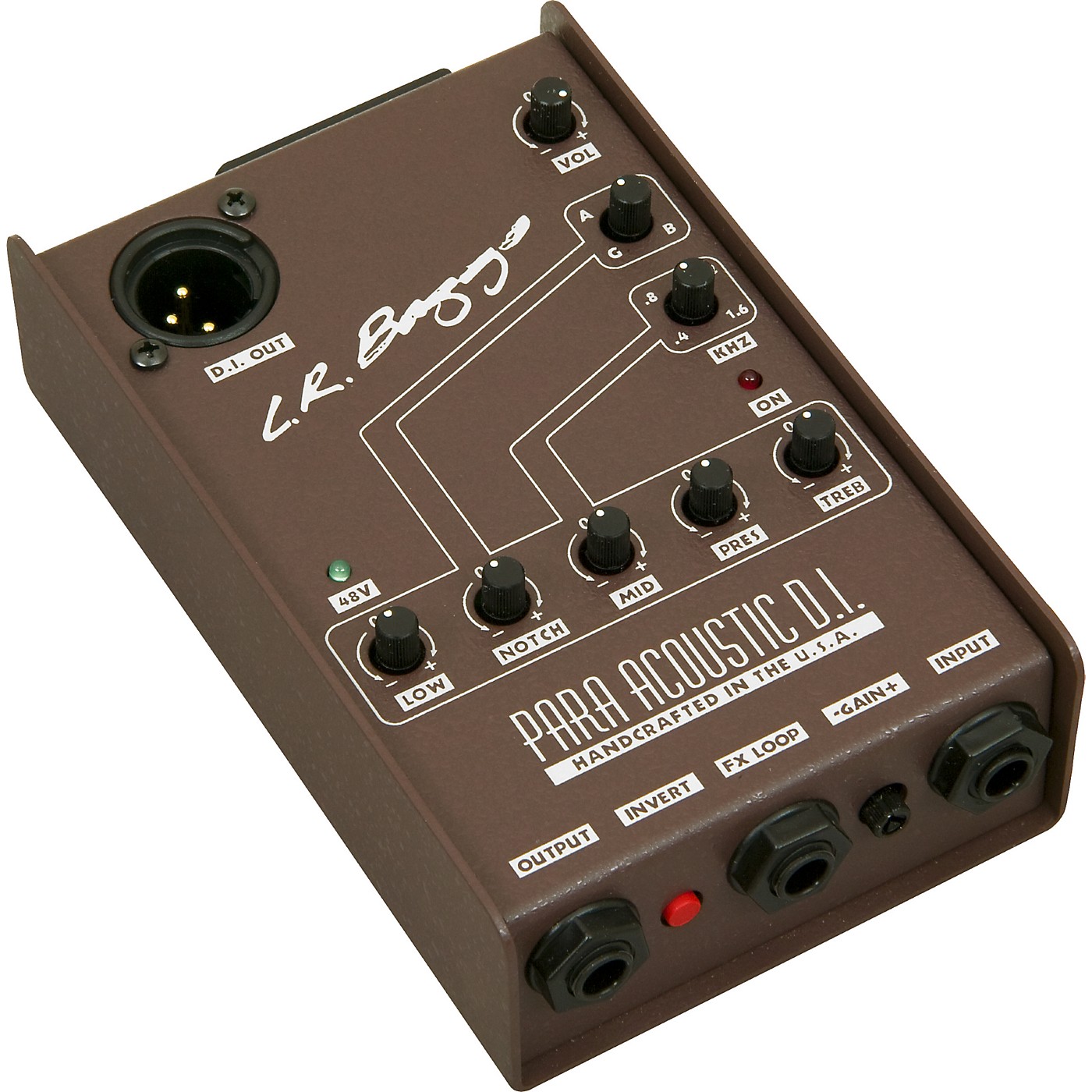

It can be the difference between a cold, harsh, one-dimensional tone and a silky, harmonically-complex sound. People who are serious about DI tones will often spend a lot of money on the right one. Just like all buffers are not created equal - the same can be said for DIs. Passive acoustic and electric guitars deliver high-Z Play Video The basic concept of a DI is rather simple - it's a box designed to convert a high-Z (high impedance) signal to a low-Z (low impedance) signal. The term “direct box,” or DI, is short for direct injection box. To Buffer or Not to Buffer, That Is the Loaded Question Some of my favorite buffers are the Analog Man Buffer and the Effectrode Glass-A Triode Buffer. Some can influence your tone in an unflattering way. Not all buffers are created equal, though.
GUITAR DI AND REAMP FULL
A carefully placed buffer can help retain the full frequency spectrum of your sound on long cable runs. This is why you hear a difference in tone going from a 10ft to a 20ft guitar cable and also why you don’t see too many guitar cables longer than 20ft. High-Z signals lose high end on long cable runs and may pick up noise. A buffer converts a high-Z signal into a low-Z signal which is really helpful when you’re running through many pedals and cables. I’m sure most guitarists have the ongoing discussion over buffers in the signal chain. Low-Z signals are much better equipped to send signals over long distances.


The signals need to match - and they will match at low-Z. In order for high-Z and low-Z gear to make glorious lurve, they need a mediator. Pro audio equipment like mixing boards and mic preamps are low-Z devices. Passive acoustic and electric guitars deliver high-Z signals. The basic concept of a DI is rather simple - it’s a box designed to convert a high-Z (high impedance) signal to a low-Z (low impedance) signal.


 0 kommentar(er)
0 kommentar(er)
